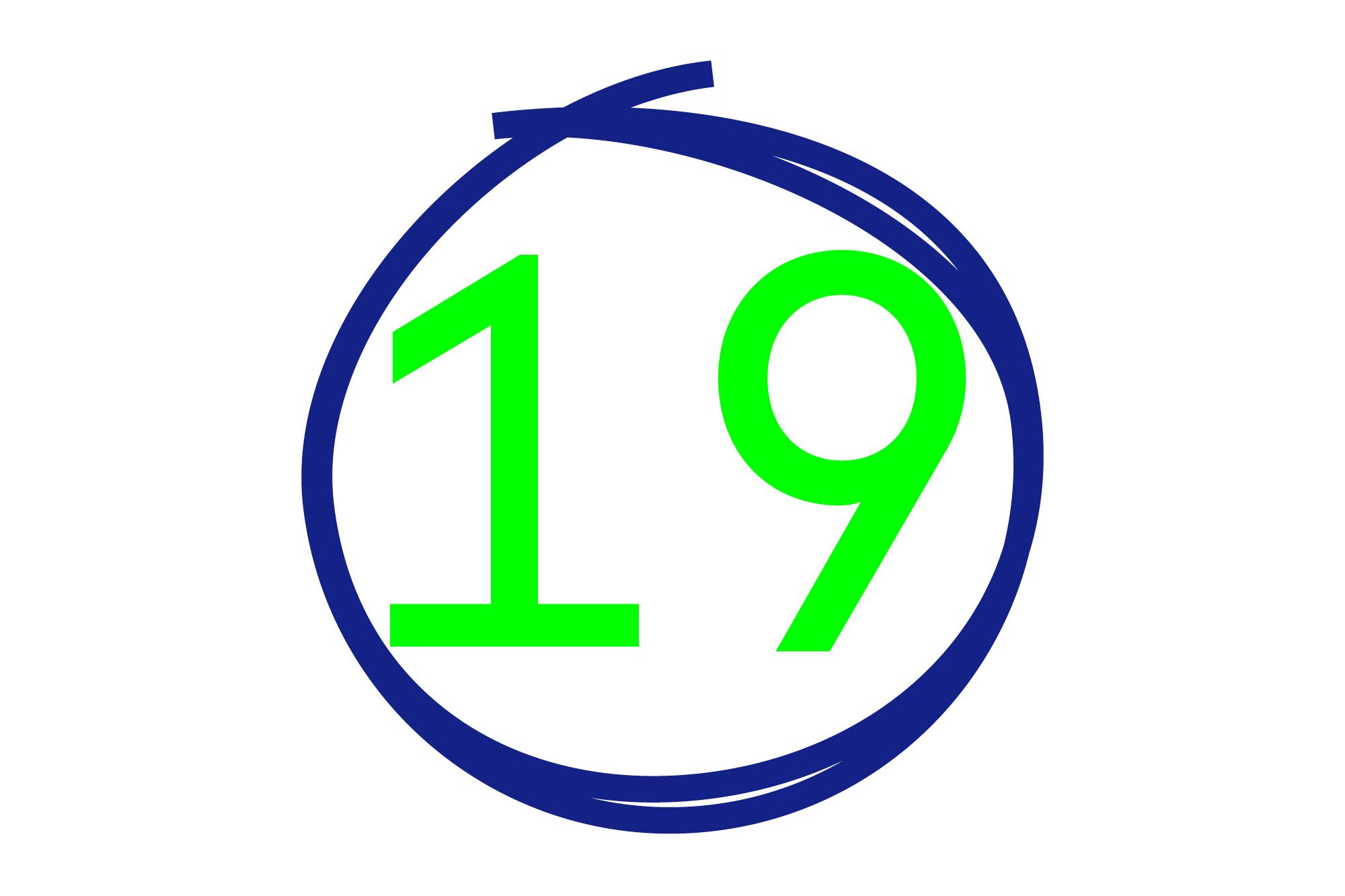Describe the Ideal Candidate in three words CREATIVE / PASSIONATE / PROFESSIONAL
What’s the best way to get noticed at application stage? It’s very simple. Good work shines through. Work displayed in a clear and concise way, not too much, but enough to illustrate each project and thought process of the designer, will get noticed. Descriptive captions and explanatory text should be consistent and well written.
How important is your CV, compared to your portfolio? A well produced CV (not necessarily designed, but organised in a straightforward and consistent way) will re-inforce a designer’s application. Its important to be honest in the role played in any piece of design. There is value and honestly in listing your specific role in a piece of work rather than taking the credit for the whole job.
What’s more important, experience or enthusiasm? It’s really the potential that is important, which is a combination of enthusiasm and a certain degree of competence. Knowing that you need to learn and gain experience (walking before running) is a key requirement.
Is it possible to do too many internships? Yes of course it can be, but if the internships are at design studios working on a range of different work then this will be extremely useful in gaining experience in the many diverse areas of graphic design, in a relatively short period of time. However it must be clear from the start what is required and expected from the internship.
Do you ever give feedback on interviews? The best feedback is offering someone a position within the studio. I always offer critical, practical, feedback and advice to designer’s on their portfolios.
I would like to end by sharing Norman Potter's ‘Advice for Beginners’ that can be found in What is a designer, Hyphen Press, 1980
Attitude: if you climb on top of a job, trying to master it, the work will suffocate. Let it take you, play with it, search for its own life.
Don’t be conned into thinking that only new materials or processes are worth investigating. Every material available is strictly contemporary.
Every student understandably begins by striving after originality. After five years work he is delighted if he can attend to a simple job well. It helps, at least, to know that.
If the world is crowded with inessential rubbish, is there a case for seeing what you can do with the cheapest most simple and most ordinary materials?
In the way of samples or materials or catalogues, collect everything you like or for some unknown reason holds your attention; not what you ought to like.
Fraser Muggeridge studio (Fraser Muggeridge, Sarah Newitt and Stephen Barrett) is a graphic design company based in Clerkenwell, London set up in 2001. Clients include: Art on the Underground, Book Works, Edinburgh Art Festival, Phaidon, Tate Publishing and Whitechapel Gallery. Fraser Muggeridge founded and is a tutor at Typography Summer School , a week-long programme of typographic study in London for recent graduates and professionals.
